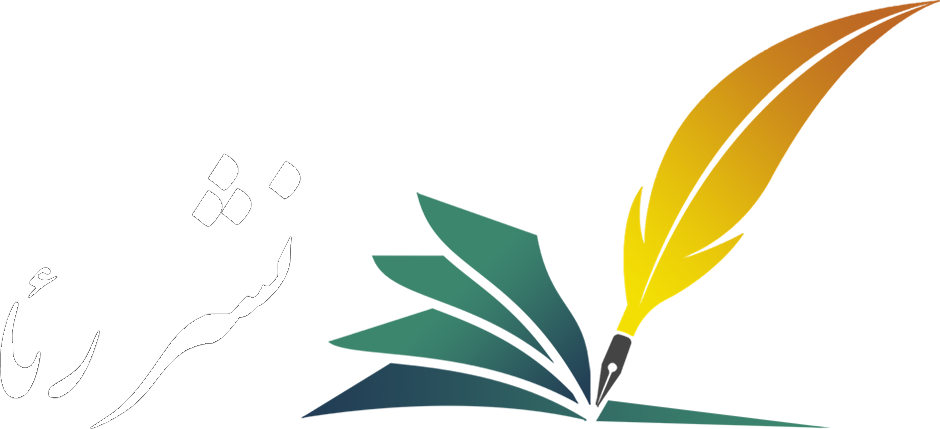چالشها و مشکلات اجرای برنامه درسی عدالتمحور در دوره ابتدایی
چکیده
هدف: هدف این پژوهش تحلیل چالشها و موانع اجرای برنامه درسی عدالتمحور در دوره ابتدایی با استفاده از روش سنتز پژوهی کیفی است.
روششناسی پژوهش: این پژوهش با استفاده از روش سنتز پژوهی کیفی، به تحلیل چالشهای اجرای برنامه درسی عدالتمحور در دوره ابتدایی پرداخته است.
یافتهها: چالشها در پنج دسته کلی شامل ساختاری، فرهنگی-اجتماعی، حرفهای، اقتصادی و شناختی طبقهبندی شدند. مهمترین موانع شامل نابرابری منطقهای، تمرکزگرایی، کلیشههای جنسیتی، ضعف آموزش معلمان، کاهش بودجه و بیتوجهی به نیازهای فردی بود.
اصالت/ارزش افزوده علمی: پیشنهادها شامل غیرمتمرکزسازی برنامه درسی، توانمندسازی معلمان، تامین منابع برای مناطق محروم، بازنگری در سیاستهای جنسیتی و مشارکت خانوادهها و جامعه محلی میباشد. پژوهش بر لزوم بهرهگیری از نظریههای انتقادی برای طراحی الگویی جامع و بومی در راستای عدالت آموزشی تاکید دارد.
کلمات کلیدی:
برنامه درسی عدالتمحور، دوره ابتدایی، نابرابری آموزشی، تمرکز زدایی، توانمندسازی معلمانمراجع
- [1] Research, D. D. (2020). Obstacles to the implementation of the fundamental transformation of education document. https://rc.majlis.ir/fa/report/show/1637008
- [2] Unesco. (2024). Multilingual education: A key to quality and inclusive learning. https://B2n.ir/nd5676
- [3] Sen, A. (2008). The idea of justice. Journal of human development, 9(3), 331–342. https://B2n.ir/zr5902
- [4] Safar-Heidari, H., & Hosseinnejad, R. (2014). Educational justice approaches (A look at the position of educational justice in the fundamental transformation document of the Iranian education system). Research paper on the basics of education, 4(1), 49-72. (In Persian). https://civilica.com/doc/664384
- [5] Safari, H., Danesh, P., & Fakhraei, S. (2019). Sociological analysis of the gender gap in economic participation (Case study: Urban women of East Azerbaijan Province). Bi-quarterly journal of economic sociology and development, 9(1), 141-159. (In Persian). https://civilica.com/doc/1222709
- [6] Upstream Education Documents. (2014). Upstream education documents, theoretical or applied documents. https://dl.heyvagroup.com/admin/Files/upload/913487113siasat_koli_amozesh_parvaresh.pdf
- [7] Lakin, M. (1994). World declaration on education for all and framework for action to meet basic learning needs. World conference on education for all meeting basic learning needsjomtien, Thailand. Unesco. https://unesdoc.unesco.org/ark:/48223/pf0000127583
- [8] Freire, P. (1970). Cultural action and conscientization. Harvard educational review, 40(3), 452–477. https://doi.org/10.17763/haer.40.3.h76250x720j43175
- [9] Khaneh Mellat News Agency. (2023). The educational situation in Sistan and Baluchestan: From educational regression to 70% of schools being substandard. https://icana.ir/x3DhQ
- [10] Apple, M., & Apple, M. W. (2004). Ideology and curriculum. Routledge. https://doi.org/10.4324/9780203487563
- [11] Giroux, H. A. (2003). Public pedagogy and the politics of resistance: Notes on a critical theory of educational struggle. Educational philosophy and theory, 35(1), 5–16. https://doi.org/10.1111/1469-5812.00002
- [12] Unesco. (2020). GEM 2020: Harnessing equitable connectivity and technology for education. https://www.unesco.org/en/articles/gem-2020-harnessing-equitable-connectivity-and-technology-education
- [13] Stromquist, N. P. (2007). Gender and the case of girls’ education: Organisational learning in international development agencies. World studies in education, 8(1), 25–49. https://doi.org/10.7459/wse/08.1.03
- [14] Mohammadi, R., & Soleimani, A. (2024). A systematic review of educational equity in Iran: Conceptualization, Challenges, and Indicators. Journal of educational planning studies, 12(23), 145-170. (In Persian). https://doi.org/10.22080/eps.2024.26091.2220
- [15] Akbarpour Zanglani, M. B., & Sheikhi, A. (2022). Pathology of education performance in border regions in the context of educational justice. The first international conference on educational sciences, psychology, sports sciences and physical education. Civilica. (In Persian). https://civilica.com/doc/1456225
- [16] Tomasevski, K. (2006). Right to education primer: The 4A framework– availability, accessibility, acceptability and adaptability. In Human rights obligations in education: The 4-A scheme. (pp. 148). Unesco. https://unesdoc.unesco.org/ark:/48223/pf0000205846





